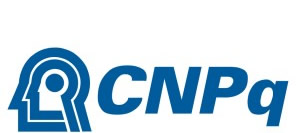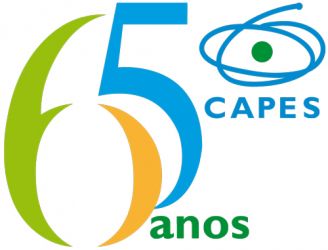Abstracts should contain between 200 and 400 words, authors and affiliations aside, the text formatting (bold, italic, subscript, etc. ..) should be done using LaTeX commands (help available on the submission form).
Abstracts must be submitted and preferably presented in English.
The submission is a four step process:
1st – Area choice, preferred presentation type, title and keywords.
2nd - Authors and affiliations: the authors must be grouped by affiliation and separated by commas. The name of the presenting author should be preceded by an asterisk mark.
Names must be entered in the following order:
First name (or initial followed by a dot)
Middle names (or initials followed by dots)
Surname (in full)
Example:
First Author, *Segundo Autor, Terzo Autore
or
F. Author, * S. Autor, T. Autore
In this case, "Segundo Autor" is the presenting author.
3rd - Type the abstract in the provided space; mathematical formulas, indexes, superscript, subscript, etc. must be in the LateX format (help available in the form).
4th - In this step the system will compile the abstract and display a summary screen which contain Title, Subject Area, Presentation Type, Authors, Affiliations, Keywords and the compilation result (OK or ERROR). If the result is OK, just confirm the submission, in case of an ERROR a link to the log file will be available.
Abstracts should be classified according to the following areas:
AI = Applied Nuclear Physics and Instrumentation
ER = Nuclear Structure and Reactions
HH = Hadrons and High Energy Physics
AI - Applied Nuclear Physics and Instrumentation
AI-1- Analytical Techniques and Applications (AMS, PIXE, PIGE, RBS, ERDA, INAA, Radioactive Tracers etc.)
AI-2- Research Instrumentation (Detectors, Accelerators, Electronics, Data Acquisition etc.)
AI-3- Ion Implantation (Semiconductors, Nanotechnology, Surfaces etc.)
AI-4- Energy and Reactors (Nuclear Plants, Research Reactors, Neutron Diffraction, Neutron Flux Measurements etc.)
AI-5- Dosimetry, Radiological Protection and Damage in Materials (Dosimeters, Contamination, Radioactivity, Radiation Effects in Electronic Components etc.)
AI-6- Medical Physics (PET, Gamma Tomography, X-ray Tomography, Radiotherapy, Ion Beam Therapy etc.)
ER - Nuclear Structure and Reactions
ER-1-Nuclear Structure (Exotic Nuclei, Nuclear Models, Spectroscopy etc.)
ER-2-Reactions (Light and Heavy Ions, Reaction Mechanisms, Stable and Radioactive Beams, Reactions of Astrophysical Interest etc.)
ER-3-Photonuclear Reactions
ER-4-Nuclear Astrophysics (Stellar Models and Nucleosynthesis, neutron stars etc.)
HH - Hadrons and High Energy Physics
HH-1-Hadron Physics (Hadron Models, Nuclear Force, QCD, Phenomenology etc.)
HH-2-Phases of Nuclear Matter (QGP, Equation of state, Relativistic Heavy Ion Collisions etc.)
HH-3-Fundamental Interactions (Standard Model, Quantum Electrodynamics, Beta Decay, Neutrinos, Antimatter, Unified Theories etc.)
HH-4 High Energy Collisions
HH-5- Dark Matter and Astroparticles
Posters will be limited to 1 m x 1 m wide and banners will be limited to 2 m height and 1 m wide.




